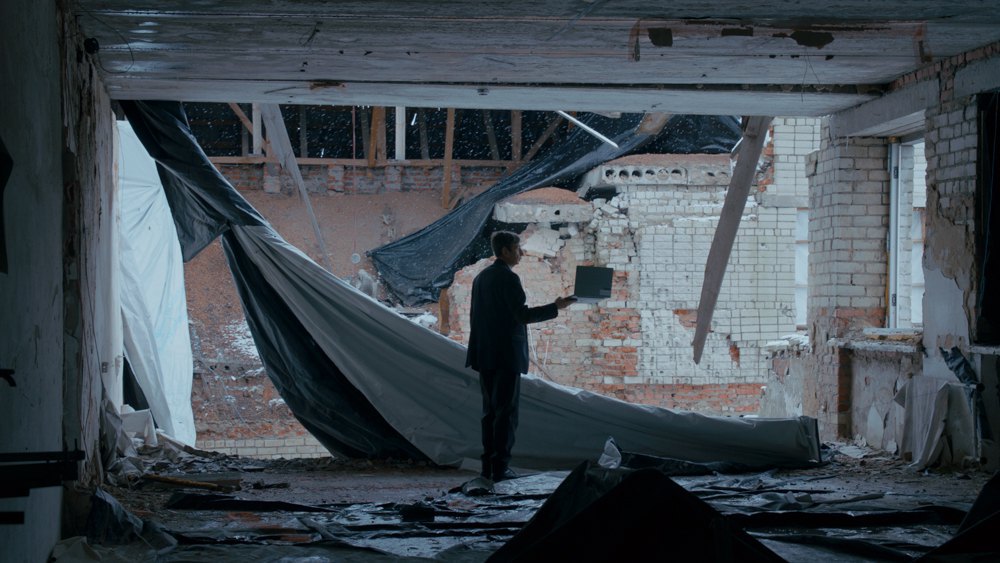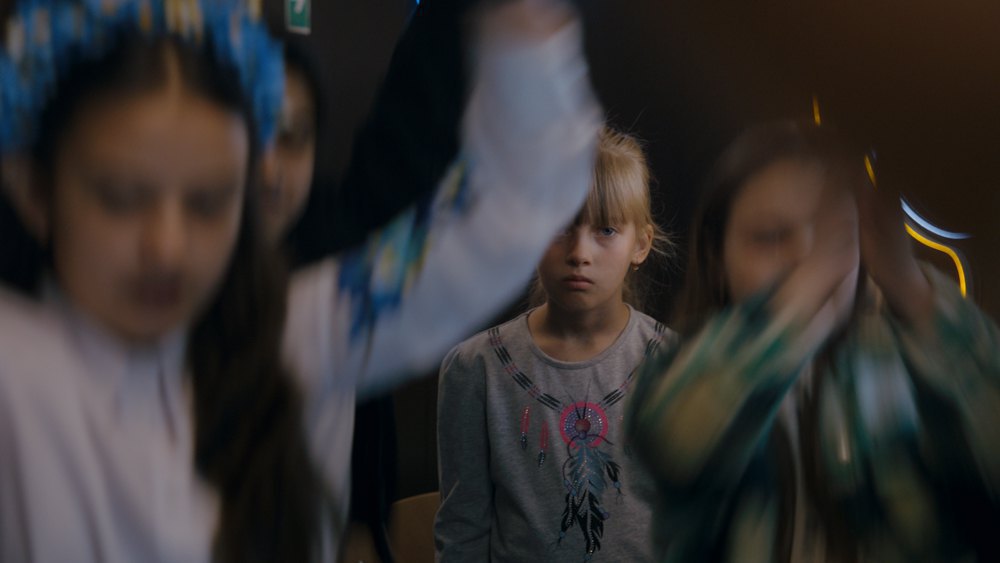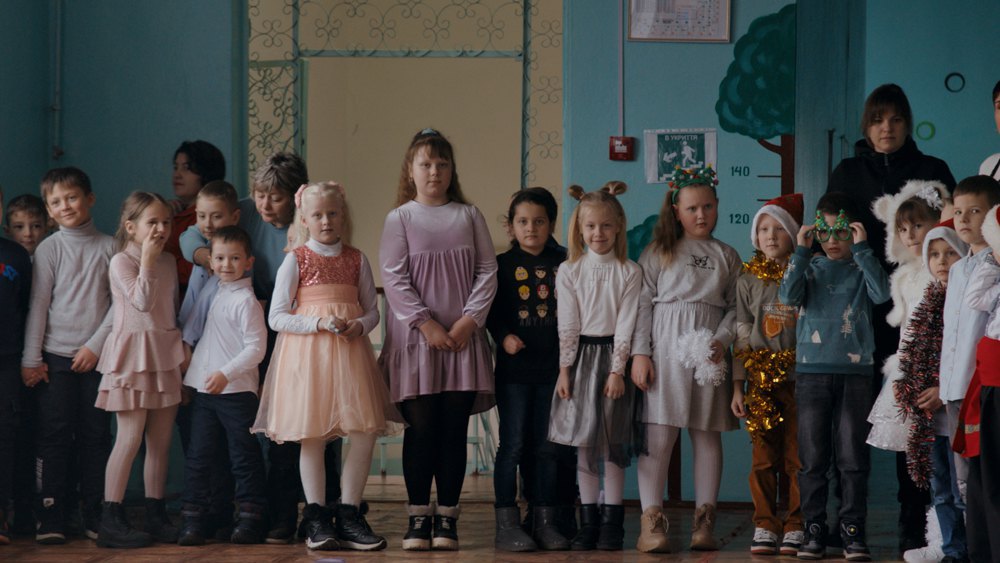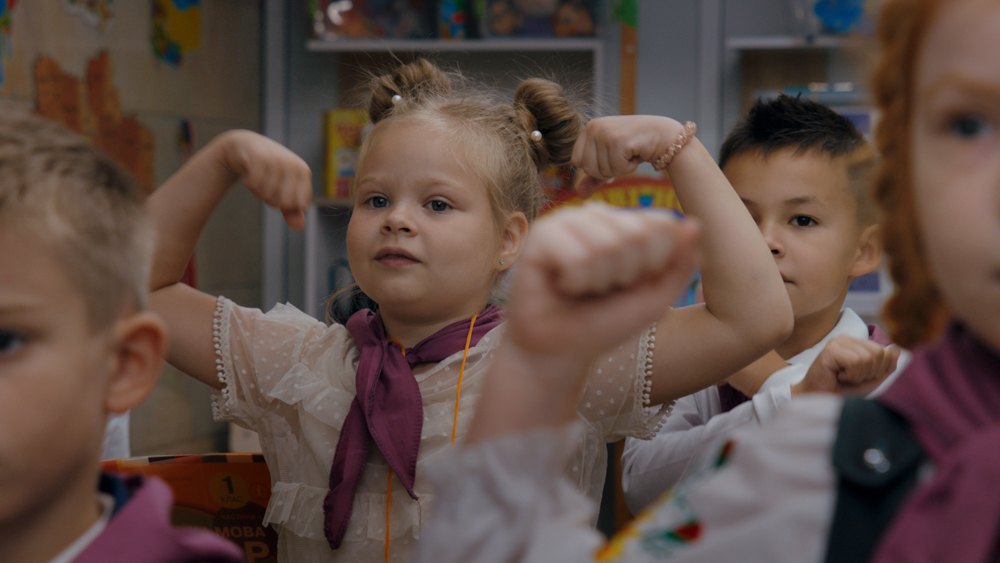We often underestimate the importance of a title. It is the gateway to interpretation, shaping the trajectory of the viewer’s or reader’s perception, which, in turn, determines the fate of the entire work. In fact, the title is the only part of a statement that extends beyond the hermetic body of the author’s text - like an internal organ displaced to the periphery. Unlike the titles of Ukrainian feature films, where cineastes tend to repeat a word twice (Forever-Forever, Luxembourg, Luxembourg) or draw inspiration from insects (Butterfly Vision, Grey Bees), Ukrainian documentary titles have evolved into a form of poetry. Songs of Slow Burning Earth, Fragments of Ice, Porcelain War, Intercepted, A Bit of Stranger - these are not just phrases but entire concepts condensed into a few words. However, it seems that Kateryna Hornostay has reached an entirely new level with Timestamp.
In the film itself, the timestamp is mentioned in only one brief scene. A man in military uniform instructs young people on how to use a tourniquet correctly: if a finger is torn off, blood loss will be tolerable without one, but if part of the arm is severed… He then tells them to mark the time of application - the timestamp - because if a tourniquet is left on for too long, the limb may lose its blood supply and necrotise.

This scene serves as the film’s core hermeneutical counterpoint, defining its entire structure. It strips away the rose-tinted glasses of foreign audiences, replacing them with the stark optics of present-day horror. In this refracted reality, the cinematic timestamp becomes an element of a medical instrument - something that can save lives.
From March 2023 to June 2024, Kateryna Hornostay travelled across eastern, northern, and central Ukraine, attempting to assemble a “portrait of Arcimboldo” from children’s faces and school buildings. But in a time when boys and girls born in 2005 are tortured in military captivity, and younger children are taught in basements and subways, who can still be called children? And what can still be called a school? Through Hornostay’s lens, childhood boundaries blur, and school walls quite literally collapse. This is a film about how the weight of constant life-threatening danger crushes not only the idea of normality but also the very foundation of one’s worldview.

The film opens with a wandering camera exploring deserted school interiors, revealing images familiar to every Ukrainian. It all begins with the first school bell in Bucha. A little girl clings to an adult’s knee, crying. Outside the military context, this might be seen as a classic preschool neurosis - a natural fear of facing something new and unknown. But in this setting, her tears foreshadow something far more ominous.
Over the next two hours - roughly the same amount of time a tourniquet can be applied before irreversible damage occurs - the viewer experiences an entire school year, moving through different locations, formats, and age groups. And in each iteration, they encounter another fracture in reality. Like Wagner’s unfinished harmonies, a sequence of ambiguous symbols - from a toy drone mischievously launched inside a school to a military game called Jura - creates an unsettling atmosphere of horror, using cognitive dissonance instead of musical discord.
Hornostay’s cinematic vision lingers on the faces of small adults - children whose expressions and gestures reveal a maturity they never sought but were forced to adopt. Next to them, the adults often appear more infantile and lost. For them, war is an extreme situation of recent years, a tragedy of stolen peace. But for the children, it is nearly their entire conscious life - a period shaping their perception of the world.

Yet even amidst a relentless battle for survival, life finds its own fragile sanctuaries. These exist everywhere: in classrooms where chalk still scratches blackboards, in schoolyards echoing with hurried footsteps, in the disjointed chorus of children’s voices that occasionally gives way to silent tears, in the flickering squares of video conference screens. In these small yet unbreakable worlds, time does not stop - it simply shifts its rhythm. And in schools, amid eager hands and frantic note-taking, the hope for the future remains, resonating more powerfully than ever.








